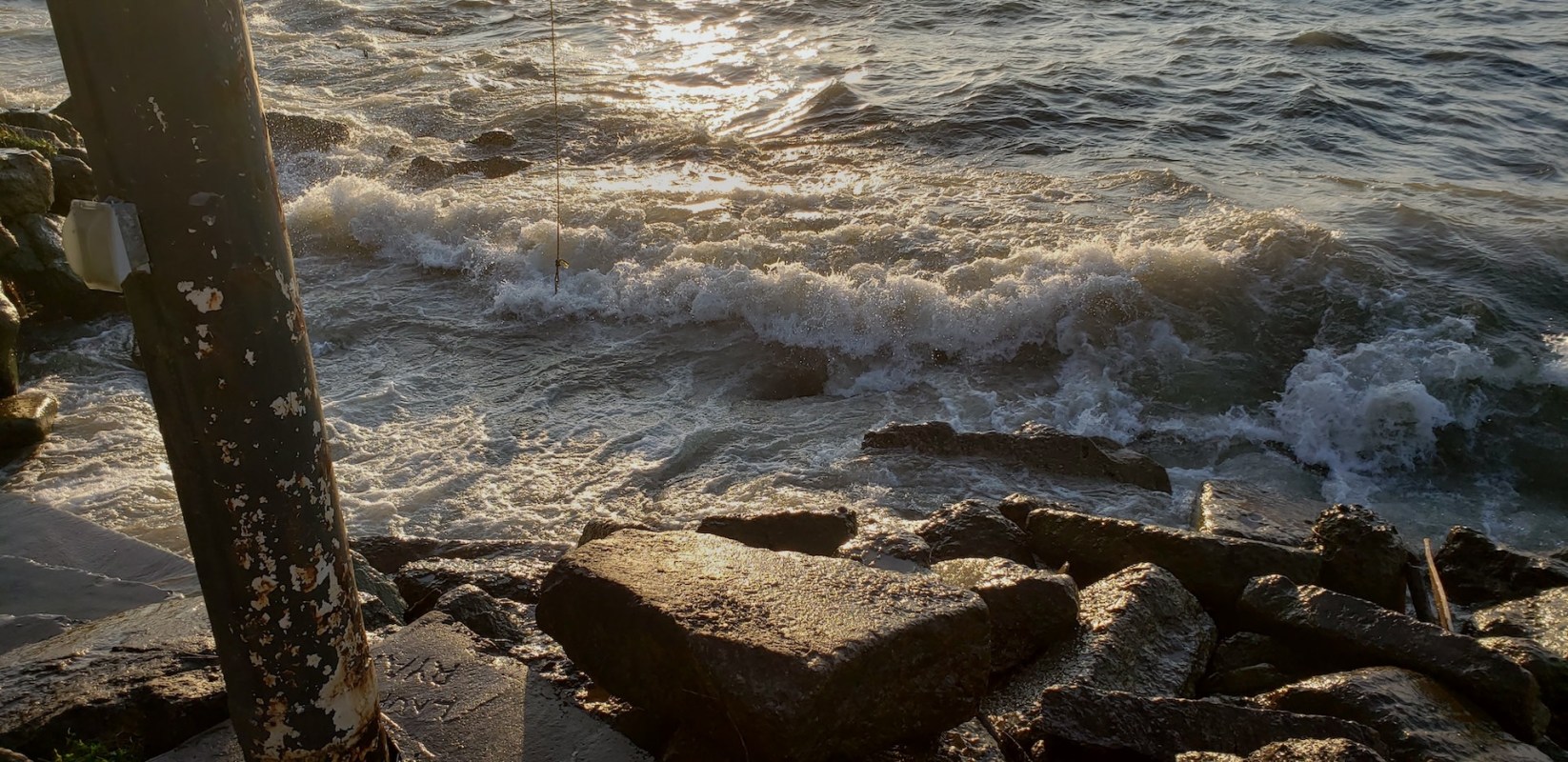Powerful wind gusts of up to 65 miles per hour battered northern Ohio in mid-January, pushing shallow water out farther into Lake Erie and revealing portions of the lake bed.
The phenomenon is known as a seiche and happens when strong winds combine with rapid changes in atmospheric pressure, sending water from one side of a body of water to the other. They can last for hours or days.
Local resident Barry Koehler captured some pretty otherworldly photos of the event both this time and back in December of 2022, including large exposed boulders that usually are mostly covered by six to nine feet of water.
December, 2022 vs. January, 2024
— Miller Ferries (@MILLERBOATLINE) January 17, 2024
Comparison photos from the sustained winds that left the western basin of Lake Erie virtually empty (seiche). #ohwx #CNNweather #wx @tropicalupdate @BetsyKling @StormsOnErie
📸 B. Koehler pic.twitter.com/JHHLp8b9ud
"It's not something you see often, twice in the last 13 months is rare, but when the lake bed is exposed due to wild winds from the southwest like on Saturday, it's thrilling," Koehler told Fox 59.
Still, seiches are not unheard of, and Lake Erie is particularly susceptible because of its location.
"It's oriented in the same direction that we typically get wind in, so west to east from Toledo to Buffalo," Madeleine Dewey, a coastal planner with the U.S. Army Corps of Engineers told Spectrum Local News.
However, five major seiche events, which may have been partly because of a lack of ice on the water, have occurred in the last five years, causing flooding and erosion in the region (all of that water has to go somewhere).
"Seiche has always happened," Dewey told Spectrum. "It will probably continue to happen, but as we see, in general, [with] warmer temperatures and a warming climate, we're going to find that there is going to be a bigger frequency in how the lake is shifting."
Seiches are not the only extreme weather phenomenon affected by our overheating planet. As temperatures continue to rise, scientists widely agree that the frequency and severity of extreme weather events will increase as well.
In the first nine months of 2023, the U.S. faced a number of droughts, floods, hurricanes, and wildfires that caused 373 deaths and cost $67.1 billion. Twenty-four of these disasters were severe enough to cause more than $1 billion apiece in damages.
Scientists have also noted other changes, such as shifts in where certain types of severe weather events occur.
For instance, tornados are becoming more frequent outside of "Tornado Alley," which has traditionally been located in the Great Plains — many of these storms are now appearing in the South, and this could be linked to rising temperatures, among other factors.
Join our free newsletter for cool news and cool tips that make it easy to help yourself while helping the planet.









